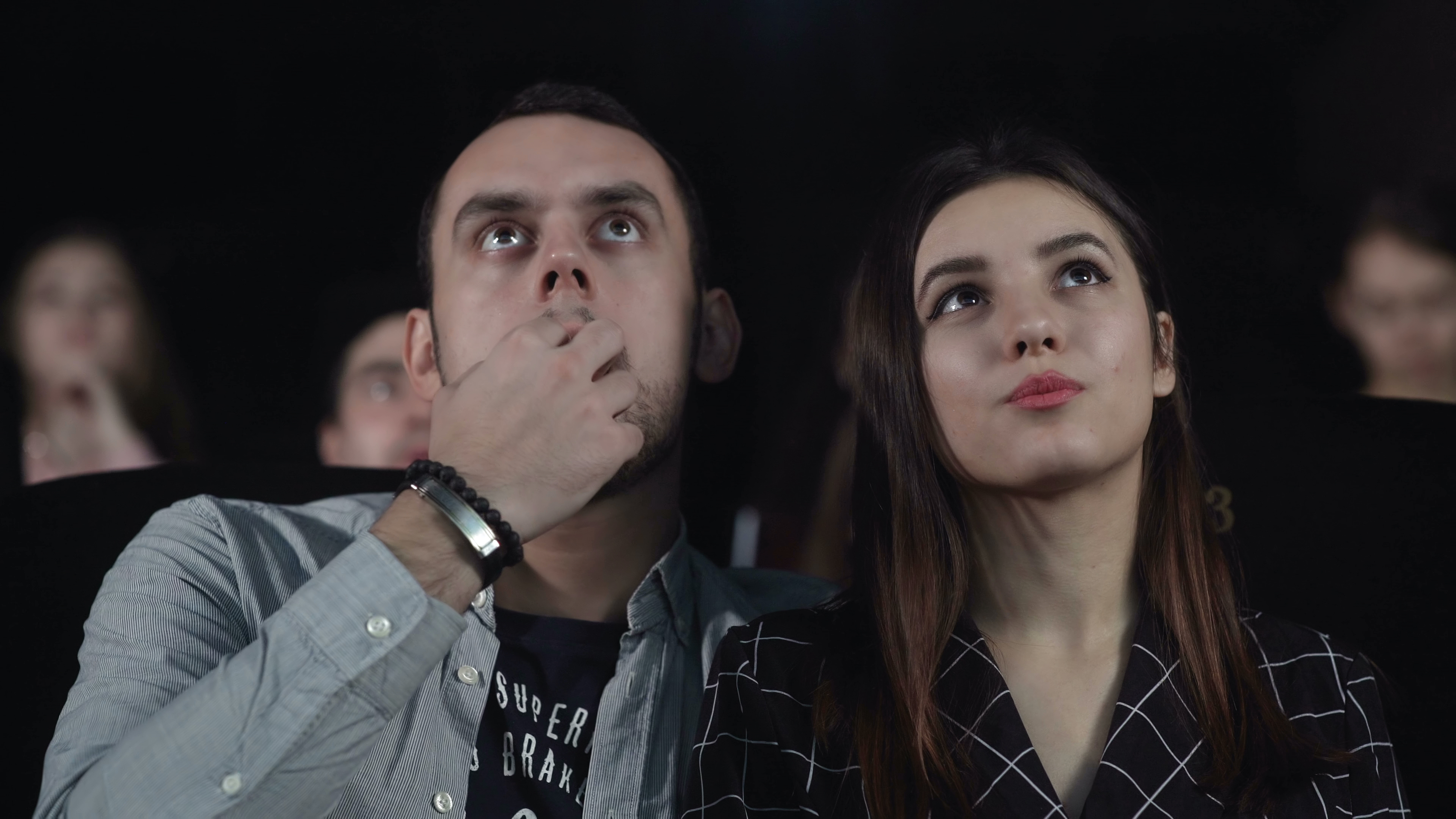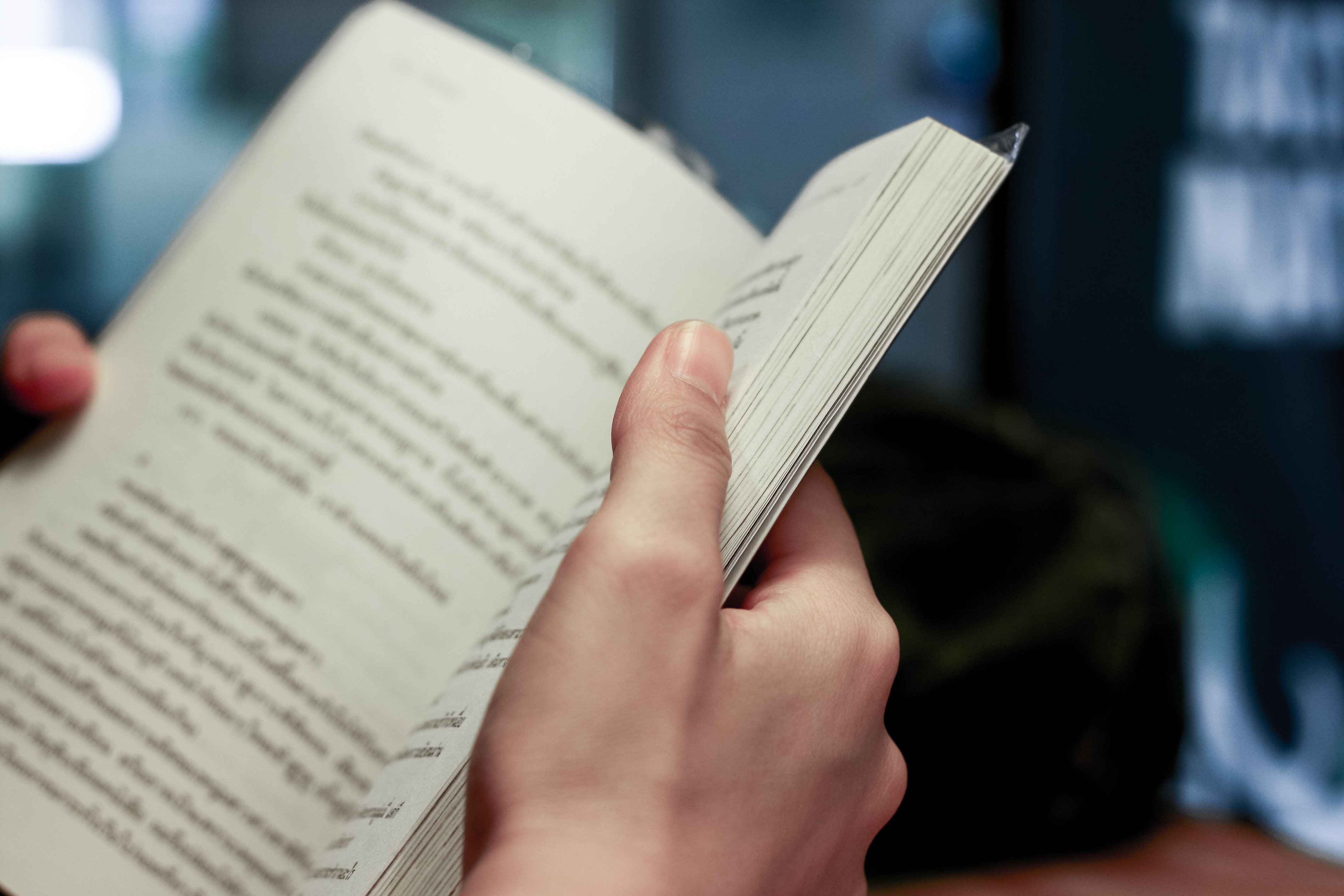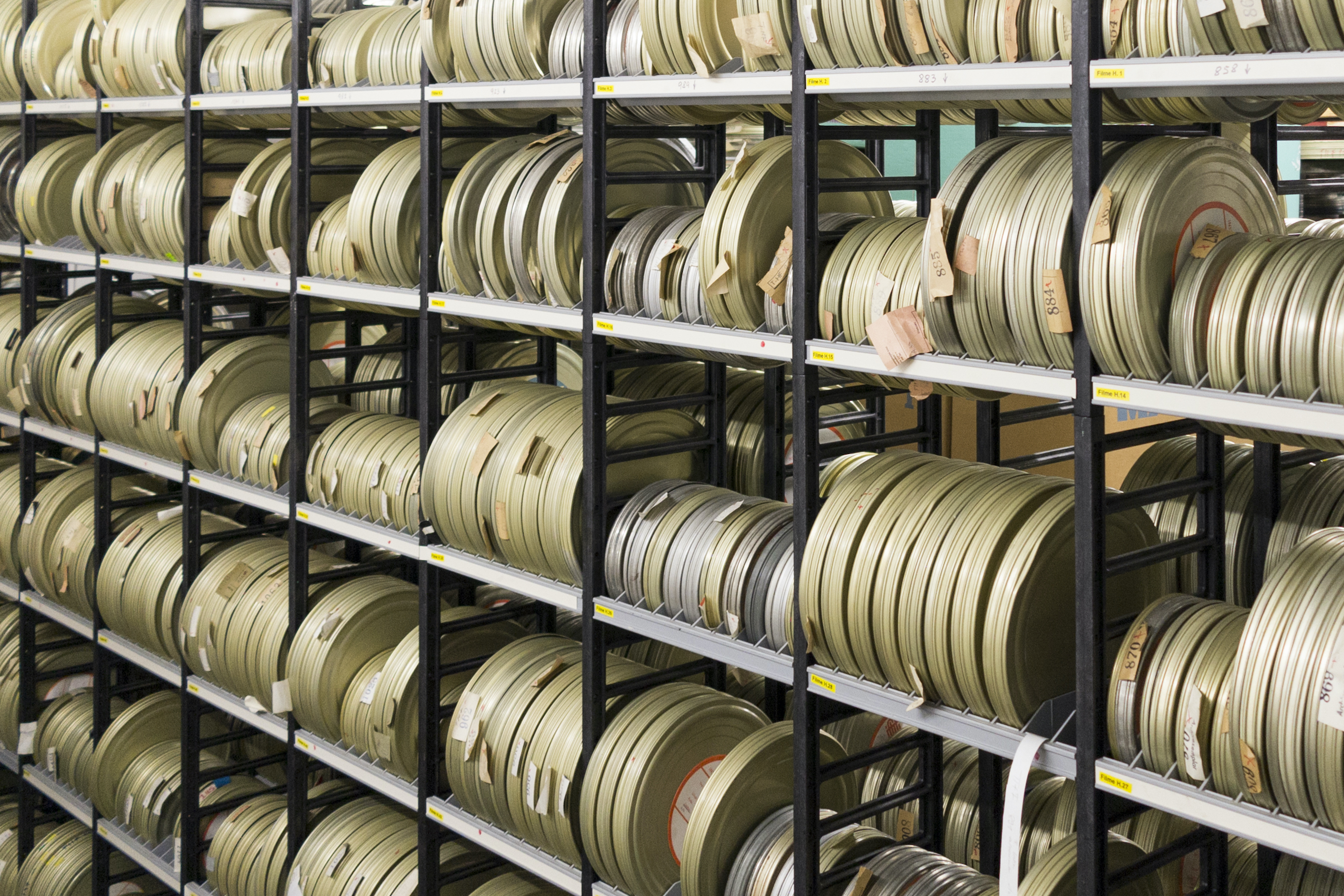The experience of watching a film – and it doesn’t really matter how you’re watching it as we have so many different ways of doing that today – is one of being drawn into a world which is not the world in which you are sitting. And that continues to be the baseline of what the filmic experience is. You cross a threshold and you enter a world that has been created on screen for you, a world that is shaped in such a way that you certainly recognise where you are.
The one thing that filmmakers have to do is to make the viewer feel that they know or, in some cases, don't know, where they are. You enter a narrative and you learn how to navigate inside it. It takes you over. It shapes itself to your consciousness and your consciousness shapes itself to following what’s been put in front of you.
Film means many things to different people
That idea of entering a world was recognised very early on. There was a great German psychologist named Hugo Münsterberg, who worked at Harvard in America. He wrote a book called The Photoplay, which is the term that was used for a feature film in 1916. I worked on a big study on what film means to people in Britain. It was called Opening Our Eyes. I worked on this back in 2011–2012. We asked a huge cross-section of people from all over Britain what film meant to them. What we got back from this big study was that film means many things to different people. So, I got the impression, and I’m absolutely convinced, that although what people are watching might be the same film, what people are actually taking from it, which also means what they’re putting into it, is very individual. I would go as far as saying that to some extent, everyone’s watching their own film. That is true, even if it’s a blockbuster film by, say, Christopher Nolan or James Cameron. People are bringing to it different inputs, different mental constructions and different ethnic, psychological and personal backgrounds. They’re feeding that into the experience of watching the film. So, in a way, they’re seeing their ‘own’ film.
Emotional bonding with the characters
I think what most films aim to do, and mostly succeed in doing, is getting the viewers to commit to some form of identification with the character, usually the characters in the film or the situations that the characters are in. It’s a process of emotional bonding with what we’re being presented with. It can be emotional in the sense of a story about romance, fear or anxiety, or it can be a kind of kinesthetic investment in something that is exciting, dangerous or risky. Sometimes, of course, the two are combined. Most films do not conform tidily to one genre, so most will actually have elements of fear, anxiety, etc. They will also have moments of emotional bonding with the characters. That’s what’s common to the experience of film – in all its forms.
The whole question of whether watching a film is as good as or different from the traditional forms of cultural investment, like reading a book or going to see a play, is an old chestnut. It has been going on for a very long time. There are people who just have an entrenched position on that. They think reading a book is special, private, immersive, in a particular way that a film will never be. That’s probably true to a certain extent, but there are different forms of cultural emotional investment. It all comes down to which you would prefer: reading the book or watching the film of the book.
Most films are actually derived from a literary property. Normally what producers want is something which has been proven, and that usually means a story taken from a book. It’s an interesting question. I’ve looked at it from different sides. For instance, I wrote a little book about David Lean’s film of Doctor Zhivago. It was a great novel, but it got its author into a lot of trouble. If you look at the novel Doctor Zhivago, and the film made some years later – with no direct contact with Russia at all – you’ve got two kinds of strikingly divergent examples. I would argue the film is as good as the novel, but different. I’ll give you another example, which might shock a few people. An earlier film, Ken Russell’s Women in Love, is an enormous improvement on the novel by D. H. Lawrence. I’m not an admirer of the novel. Lawrence was in many ways a terrible novelist. Russell managed to turn his grossly overwritten novel into something absolutely wonderful as a film.
To watch a film is to enter a different world
It’s a bit dangerous to try to pin down the essence of cinema to one thing. It really has meant different things at different times and continues to do so. What I would hang onto and advocate for is the sense that to watch a film is to enter a different world that has been deliberately and carefully constructed to engage us. I think words like engagement are tremendously important. The experience of watching a film is one of having our attention focused in a very particular way. It doesn’t really matter where that happens. A friend of mine who’s a great French film scholar once said that nobody asks you what size of page you read a novel on. Have you read War and Peace? I have. It doesn’t matter whether you read it in paperback or hardback. In the case of film, I think it’s important to insist that whether you watch it on a giant screen with wonderful sound, under perfect conditions, or on your laptop, you can still have that emotional kinesthetic engagement with the world that the film has created – and that is special. It’s an exotic world, and one of the reasons why we all love and value cinema is because it takes us places that we can’t go. It creates synthetic, exotic worlds that we will never experience in real life.
Video was the great democratisation of cinema
If you look back at the history of cinema, we have to recognise that the arrival of home video was absolutely a dividing point. People have talked about the coming of sound as if that was the point before and after. The real point for me, and for most people, is the arrival of video in the 1980s. It was François Truffaut, the great French filmmaker, who was an early enthusiast for video. He recorded a trailer for a French video company in which he said, ‘It’s fantastic! For the first time in my life, I can have a row of films on my bookshelf in the way that I would have a row of books and I can revisit them when I want.’ Video was the great democratisation of cinema.
I am very proud to have run a video company, bringing the great classics of world cinema in affordable form to anybody in Britain who wanted to pop into the local shop or order it by post. That changed things.
I think the explosion of platforms and opportunities to watch film in lots of different ways is a great blessing. It’s equivalent to the explosion of paperback publishing and, of course, the arrival of video in the 1980s. It’s liberated the great archive of films of the past.
Once upon a time, you didn’t have an opportunity to revisit cinema of the past – you’d either seen it or you hadn’t. Many people wrote about the experience of old films, having not seen the film for 20, 30, 40, 50 years. It’s a very strange experience to read an old book of film history before the advent of video, because it’s full of mistakes; people misremembering films that they had only perhaps seen once. So, it’s been a great blessing that if I’m going to write about a film or teach about a film today, I can go and look at it. I’ve got lots of opportunities: I can see it on YouTube, a clip from it perhaps, or I can dig out an old DVD or a VHS. That’s wonderful! What’s not to like?
On the other hand, it’s created a problem of plethora. It almost feels as though the entire history of cinema is present in the same way the history of literature might be present in a vast library. How on earth do we navigate our way through that huge archive that is now available to us? It’s not so easy. What signposts do we have? What narratives do we have?
A new era of discovering cinema
I spend quite a lot of time trying to encourage people to look at films or periods of cinema they’ve never heard of just to open up the box. What I’ve realised is that there’s a terrible tyranny of people who have decided that the great films are ‘the following’. That’s all very well. Everybody should see the ‘great films’, but they should also not be afraid to look behind the scenes and look at the films that have not been canonised, that have not been recognised as great.
Interestingly, video and DVD publishers have discovered that they can dig into the back catalogue of the large holding companies that own the history of cinema. New television channels – not main television channels, but little guerilla channels that have found a place on the digital array – have discovered they can buy these films cheaply. In Britain, we have several channels; one’s called Talking Pictures, which produces a nonstop stream of films for people to watch. They are mostly films that you’ve never heard of. We’re entering a new era of discovery in film history, which, of course, has already happened in literature and in the visual arts, where people have gone beyond the great masters and are making discoveries amongst the periphery; the small masters, the unknown creators, who can now be rescued from oblivion.


